Fortifications of Vauban
12 sites designed for Louis XIV by the innovative military engineer Sebastien de Vauban in the late 17th-18th centuries.
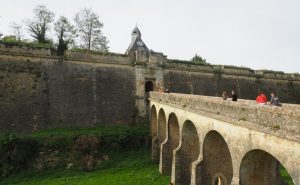
12 sites designed for Louis XIV by the innovative military engineer Sebastien de Vauban in the late 17th-18th centuries.
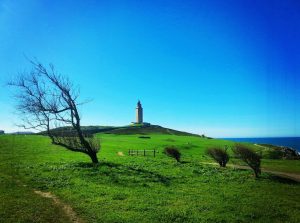
The oldest known intact lighthouse in the world, built by the Romans in the 1st century AD.
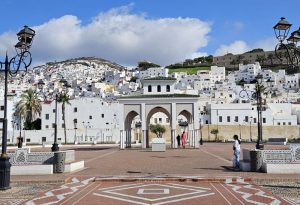
A well-preserved and lively historical quarter that shows the influences of both Arab and Andalusian culture on its art and architecture.

A grandiose 17th-century lighthouse meant both for navigation and for projecting an image of royal power.
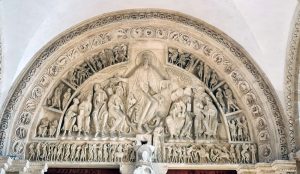
A Romanesque masterpiece and the charming village around it, historically significant in terms of medieval Christianity.
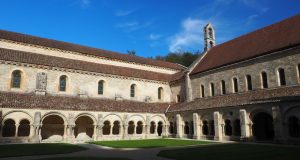
A monastic community whose ideals of poverty and self-sufficiency are reflected in the structures they built.
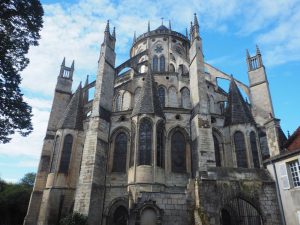
A magnificent Gothic cathedral with stunning stained-glass windows.
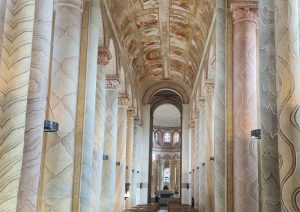
A Romanesque church painted with vivid murals dating to the 11th and 12th centuries, important in the study of medieval Christian art.
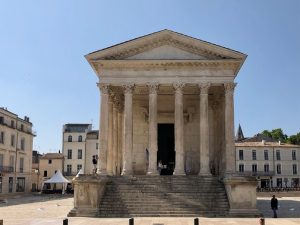
A well-preserved classical Roman temple from the 1st century AD, dedicated to the heirs of Emperor Augustus.

Of importance in terms of historical architecture and art, especially in churches, as well as for the unique ecosystem of the lake.

Two early and fine examples of Neoclassical architecture, designed by Thomas Jefferson, 3rd president of the US.
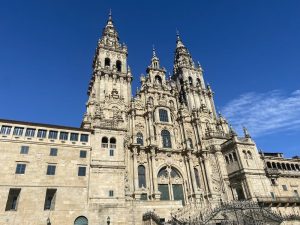
Christian holy city with a 1000-year history as the endpoint of pilgrimage routes across Spain and France.
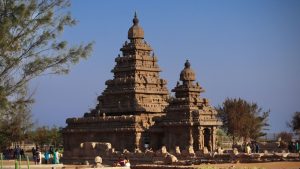
Caves, temples and sculptures that represent a unique testimony to the 6th-9th-century Pallavas civilization.
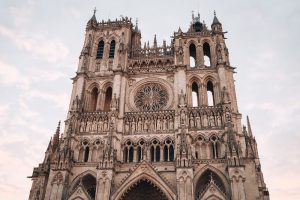
A 13th-century Gothic cathedral of extraordinary workmanship and beauty.
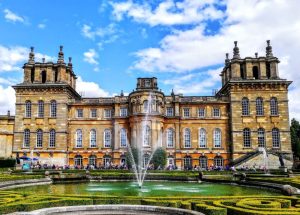
A grand 18th-century palace in an eclectic style, surrounded by grounds designed by Capability Brown. Also the birthplace of Winston Churchill.
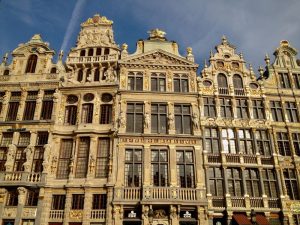
The central plaza in Brussels, surrounded by beautiful old guild houses, a Gothic city hall and other impressive historical architecture.
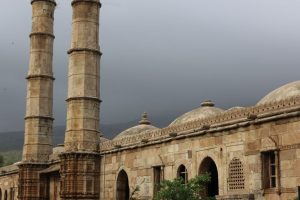
Twin sites with the remains of remarkable pre-Mughal architecture in Gujarat: mosques, tombs, stepwells and more.
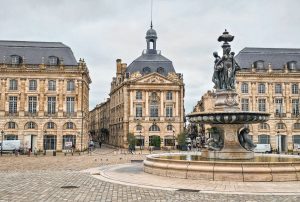
A port city of opulent architecture, especially classical and neo-classical, and the center of a centuries-old wine-producing region.
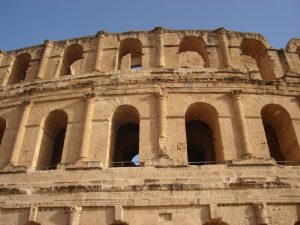
A huge Roman-era arena built for entertainment in a colony of the Roman Empire.
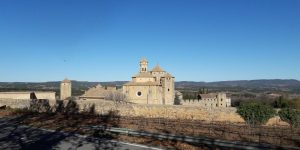
A large 12th-century Cistercian abbey, considered an artistic masterpiece with a blend of architectural styles.
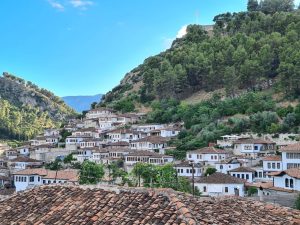
Two towns that exemplify vernacular urban architecture of the Ottoman era.
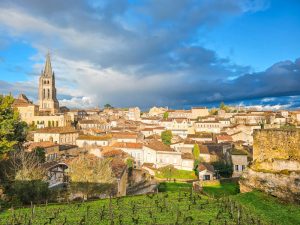
A picturesque area of countryside and villages surrounded by a vineyard landscape; also an important pilgrimage stop.
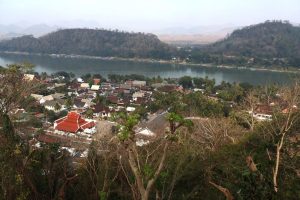
Former capital city with an interesting fusion of traditional Lao architecture with European colonial styles.
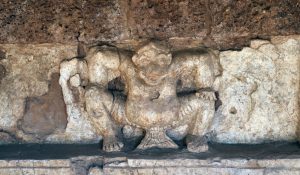
Remains of a town and other monuments dating to the Dvaravati Empire, origin of the Si Thep School of Art.
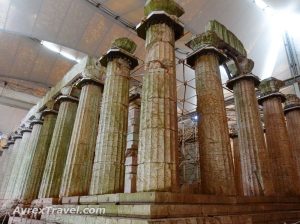
A classical temple with many original columns and the oldest Corinthian capital ever found.
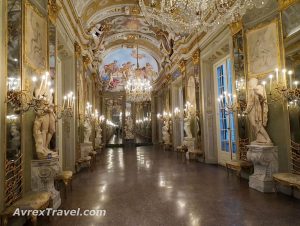
A group of private Baroque palaces used by government in the 16th-17th-century to house visiting dignitaries.
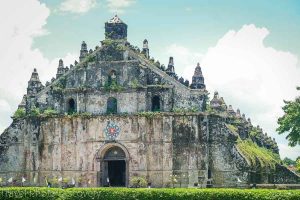
Four churches built in a uniquely Filipino form of Baroque architecture.
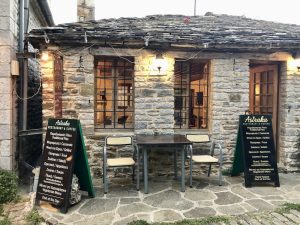
46 charming traditional villages connected by a network of cobbled paths, arched bridges and stone staircases.
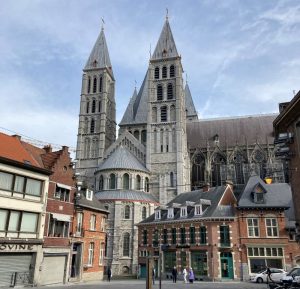
A 12th-century cathedral with a mix of Romanesque and Gothic elements.
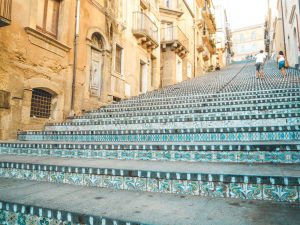
Eight Sicilian towns that were rebuilt in a distinctive Late Baroque style after a 1693 earthquake.
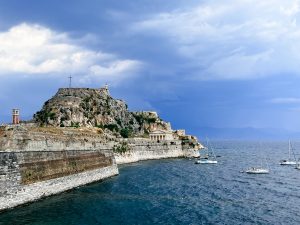
A strategically-important port city dominated by two Venetian fortresses and showing influences from later French, British and Greek rule.
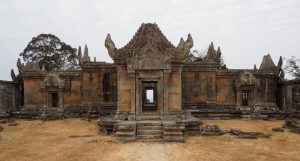
An 11th-century Hindu temple complex in an isolated and dramatic location, with remarkably well-preserved architecture and art.
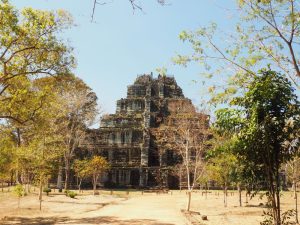
10th-century temples from a short-lived capital city, origin of the Koh Ker style of sculpture.
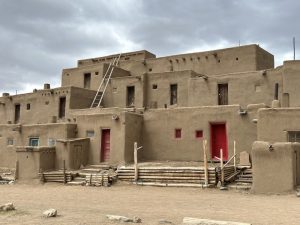
A centuries-old Puebloan community that still practices the traditional ways, living in distinctive adobe houses.
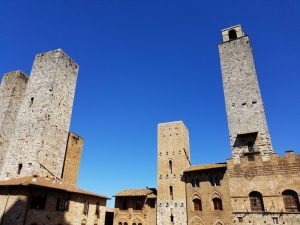
A charming medieval town known for its tall towers and Sienese Gothic artworks.
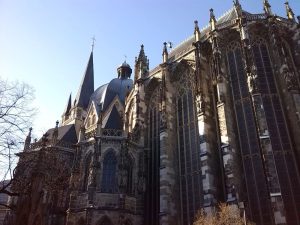
A monument of religious architecture from the Carolingian period of European unification under Charlemagne.